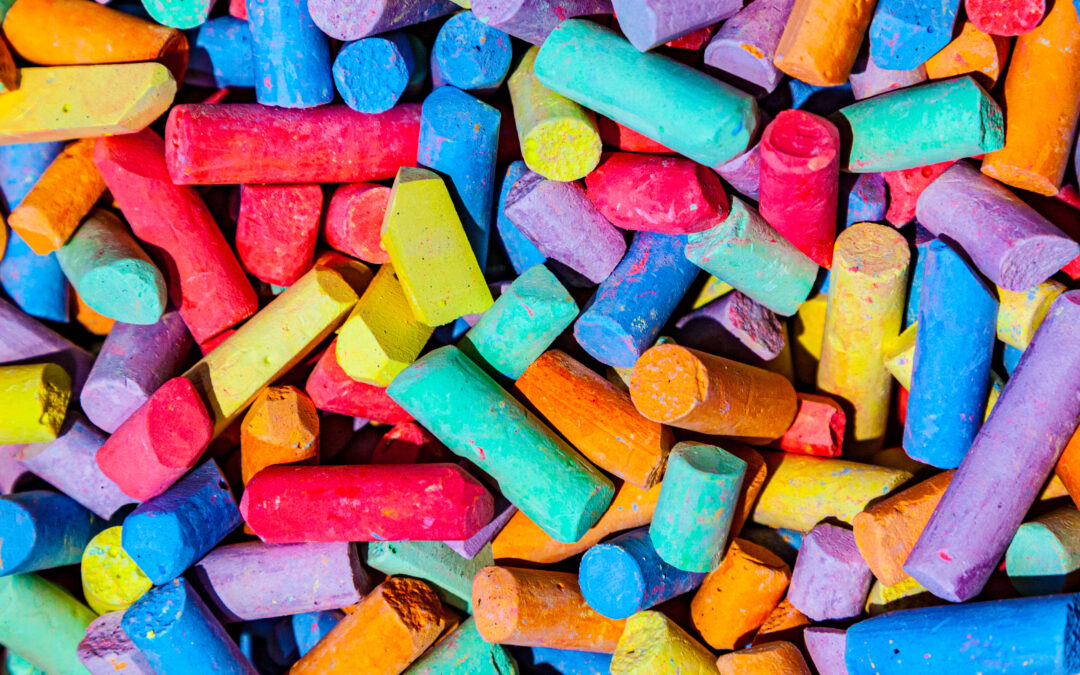For several years, our suburban Philadelphia ELCA congregation had a practice of setting out a big basket in our narthex with a different special item that people could take with them after worship. Back then, I was in charge of coming up with the items, alongside my talented church friend Marda. It was an enjoyable activity, and congregation members were excited to see what would be offered each month. We gave out “blessings” magnets for Thanksgiving, simple ornaments for Christmas, and origami hearts in February.
To find a giveaway item for January, I researched Epiphany customs. While doing so, I learned about many interesting, mostly impractical customs to mark the Magi’s visit to the Christ Child. Some were a bit extreme, like a Russian Orthodox tradition of plunging yourself three times into ice water. Some were too messy for distributing as people left church (a “King Cake” baked with a tiny plastic baby inside). Other traditions that didn’t quite fit the basket giveaway included putting small gifts in children’s shoes left out overnight, and a German custom of a group holding a large cutout star, singing in the neighborhood and collecting money for charity.
Finally, I found the perfect thing for the basket: chalk. The Epiphany custom of chalking doors began in medieval Europe. Doorposts of homes were marked with chalk that had been blessed, using letters that stood for the traditional names of the travelers who came to worship Jesus: C +M+B (Caspar, Melchoir and Balthazar). Crosses are drawn between the letters. C, M and B are also the first letters of the Latin words “Christus Mansionem Benedicat,” or “May Christ Bless this House.” The numbers of the year, divided in two parts, bookend the letters, so that 15+C+M+B+12, for example, represents Epiphany of 1512.
There is also an echo of the Old Testament in this gesture. Remember the time of the exodus, when the Israelites marked their doors to keep the Angel of Death away?
It was a simple matter to buy large sticks of chalk, ask our pastor to bless them, and distribute the chalk to the congregation. We believed people would enjoy marking their houses in this way, but we also wanted to explain the meaning of this blessing.
Our homes are intended to be places of comfort, refuge and peace. Certainly, Mary and Joseph were challenged to find a home for their little family. They left Bethlehem, escaped to Egypt, and returned to settle in Nazareth. At what point did the wise ones from the East find them? Creches often add the figures of the magi to the nativity scene, imagining that these visitors came to the stable the night Jesus was born. However, most now agree that the magi likely arrived much later when Jesus was a toddler. Like Jesus’ family, the royal visitors met with challenges and dangers as they followed the star on their journey. King Herod tried to trick them into revealing Jesus’ whereabouts so that he could be killed. After the magi visited, an angel warned them to avoid Herod on their return trip. Thus, our Lord was kept safe—at least temporarily.
The magi represent different nationalities and religions—a symbol of the Christ child’s importance for the world. They were warmly welcomed into the Holy Baby’s presence, as were their gifts of gold, frankincense and myrrh. In this way, we too are reminded to welcome the stranger into our midst—a loving sentiment much needed in our divided world. During Epiphany, we ask God to be with us in our homes, and to bless our families and all who gather there.
In the days after Epiphany, I would notice that quite a few church members’ homes in the neighborhood were marked with the chalk blessing. My family did it too, on our own doorpost. Every time I’d enter my house it brought the story and the meaning of Epiphany to mind, reminding me that my home is to be a sacred place. Eventually, wind and weather erased the chalk markings. This too is necessary. Repeating this ritual each Epiphany, adding the new year numbers, ensures that this practice stays fresh and meaningful.
Now I have retired from my position at church. We haven’t offered the chalk in a while. Maybe it’s time to revive this special custom. Maybe this difficult year is the perfect time to embrace God’s call to open our hearts to people who may be different from us. Unhoused people. Lonely people. Refugees. They all need us to offer safe harbor and compassion. They all deserve a sense of home.
And so, as we end our celebration of Christmas on January 6th, and take down the last of the holiday decorations, let us once again bless our dwelling places. Let us use chalk to mark our homes this way: 20+C+M+B+25. May we proclaim them to be warm and safe havens, and may we welcome friends, families and strangers, knowing our loving God is present with us all year long.
Elise Seyfried is the author of five books of humorous spiritual essays. Elise recently retired after 20 years as director of spiritual formation at Christ’s Lutheran Church in Oreland, Pennsylvania.
This article appeared in the January/February 2025 issue of Gather. To read more like it, subscribe to Gather.



The basket idea is great but it should include necessities for those in need. A Christmas ornament is fine, but much better a can of soup.
The Epiphany blessing with chalk is a beautiful idea which I would think churches could emulate — but, again, put something needed in there also. But the little kids love sidewalk chalk!
Love the idea of using the chalk. It will keep reminding us what we should do.